Order Coleoptera Infraorder Scarabaeiformia Scientific name Lucanidae | Superfamily Scarabaeoidea Rank Family | |
 | ||
Lower classifications Dorcus titanus, Prosopocoilus inclinatus, Lucanus maculifemoratus, Dorcus rectus, Lucanus cervus | ||
Stag beetle interesting facts about stag beetles insects stag beetle
Stag beetles are a group of about 1,200 species of beetles in the family Lucanidae, presently classified in four subfamilies. Some species grow up to over 12 cm (4.7 in), but most are about 5 cm (2.0 in).
Contents
- Stag beetle interesting facts about stag beetles insects stag beetle
- Stag beetle fight
- Overview
- Antler allometry
- Taxonomy
- References
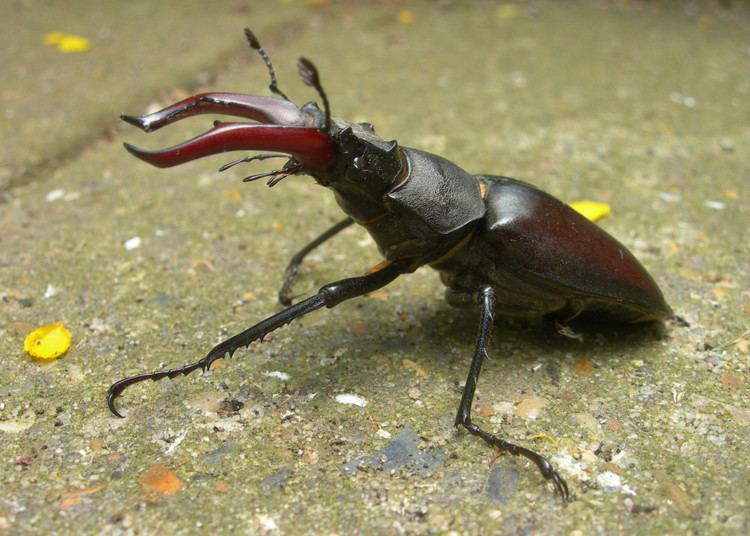
Stag beetle fight
Overview
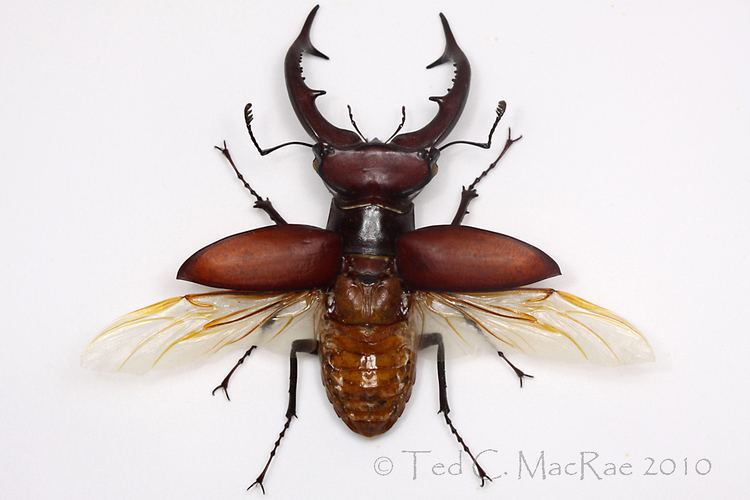
The English name is derived from the large and distinctive mandibles found on the males of most species, which resemble the antlers of stags.
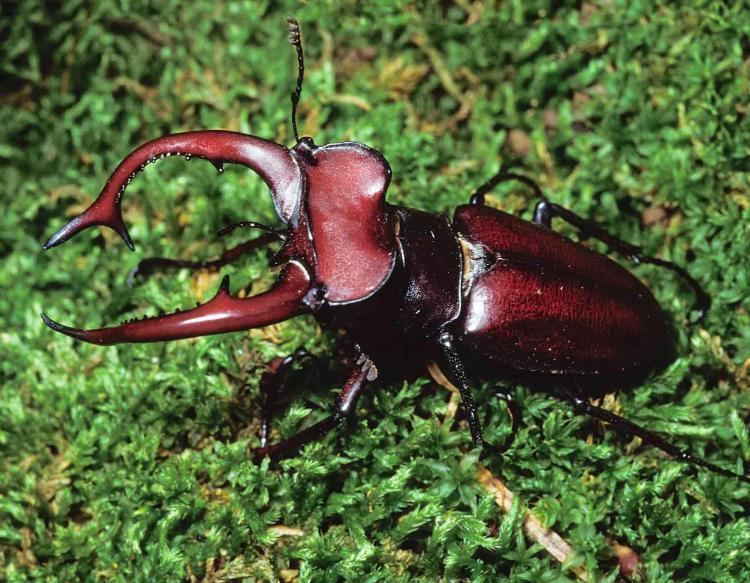
A well-known species in much of Europe is Lucanus cervus, referred to in some European countries (including United Kingdom) as "the" stag beetle (it is the largest terrestrial insect in Europe). Pliny the Elder noted that Nigidius called the stag beetle lucanus after the Italian region of Lucania where they were used as amulets. The scientific name of Lucanus cervus is this word, plus cervus, deer.
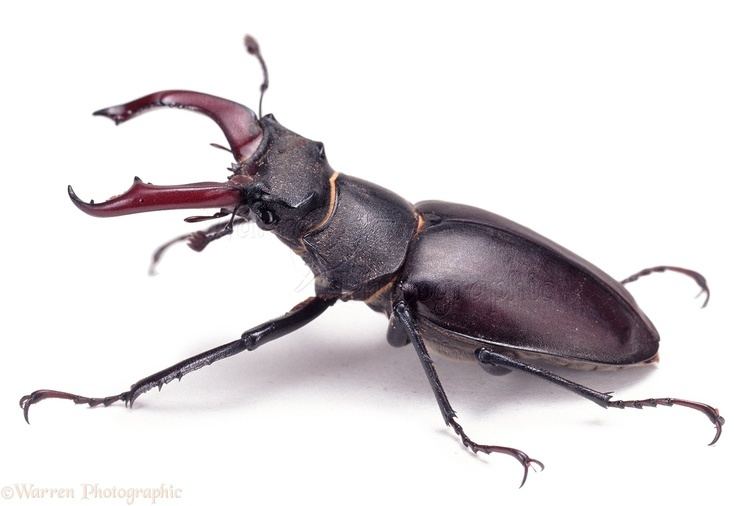
Male stag beetles use their jaws to wrestle each other for favoured mating sites in a manner that parallels the way stags fight over females. Fights may also be over food, such as tree sap and decaying fruits. Despite their often fearsome appearance, they are not normally aggressive to humans.
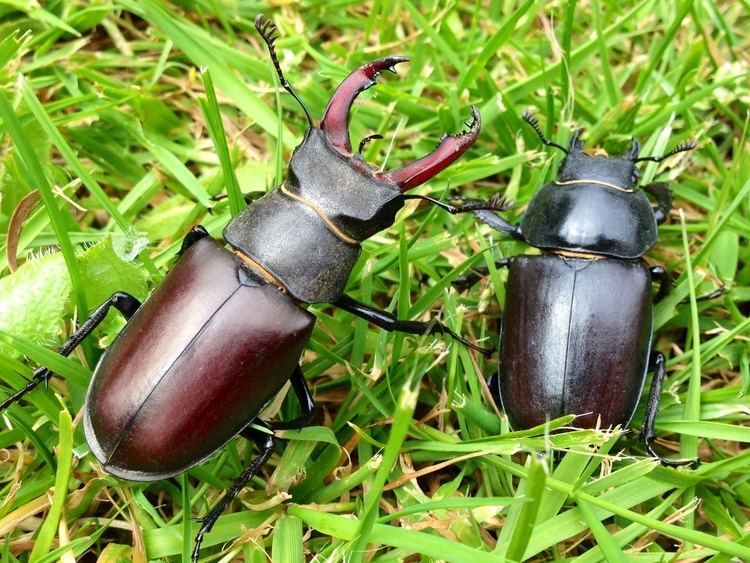
Female stag beetles are usually smaller than the males, with smaller mandibles. The mandibles, though smaller, are much more powerful than the males'. As larvae, females can be distinguished from males by the presence of cream-coloured, fat ovaries visible through the skin around two-thirds of the way down the larva's back.

The larvae feed for several years on rotting deciduous wood, growing through three larval stages until eventually pupating inside a pupal cell constructed from surrounding wood pieces and soil particles. In the final larval stage, "L3", the grubs of larger species, such as Prosopocoilus giraffa, may be the size of a human finger.
Antler allometry
The Lucanidae express male-specific "weapon traits" (antler size) that often show size variations among individual males, termed scaling relationship or static allometry. Environmental conditions during development affect absolute weapon size, but genetic factors are active.
Taxonomy
Currently, the only means of identification of world species is the illustrated text by Mizunuma, T. and S. Nagai. 1994. The Lucanid Beetles of the World. Mushi-sha, Tokyo. 337 pp. based on the work Catalogue illustré des lucanides du globe in Encyclopédie Entomologique (series A 27: 1-223) by Robert Didier and Eugene Seguy.
